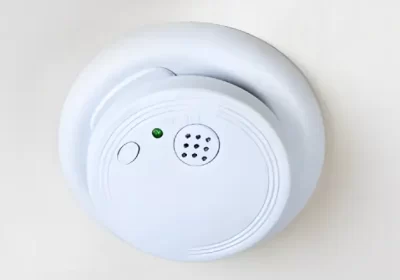As the name implies, athlete’s foot is a fungal infection that typically affects the feet. According to the Mayo Clinic, the condition known as tinea pedis, also known as athlete’s foot, is brought on by a class of fungus called dermatophytes. The infection typically affects the space between the toes, but it can also spread to the sides or other parts of the foot. Itching, burning, and stinging feelings may be experienced in the foot area that has athlete’s foot. The skin may occasionally also turn red, dry, and flaking.
The disease is highly contagious and spreads through contact with infected skin or surfaces, particularly in moist environments where people are likely to walk barefoot (such as locker rooms, public pools, and communal showers). Although athlete’s foot is more common in the feet, it can be just as annoying and uncomfortable in the hands.
Athlete’s foot prevention tips for your hands
There are several methods for preventing athlete’s foot on your hands. Good hygiene is one of the most effective ways to prevent athlete’s foot on your hands. Medical News Today recommends keeping your hands as dry and clean as possible.
You should also avoid touching any infected areas of your body with your hands (for example, an infected foot). Indeed, it may be prudent to wear gloves if you need to touch infected skin or any potentially contaminated surfaces or items. This is especially important for people who work in environments where they may be exposed to infectious agents, such as healthcare workers, janitors, or gym staff. Furthermore, never share towels or other personal items with others. Following these guidelines can significantly reduce your chances of getting athlete’s foot or other fungal infections on your hands.
What is the treatment for athlete’s foot on the hand?
The treatment options for athlete’s foot are determined by the severity of the infection and the location of the affected area. Mild cases of athlete’s foot can often be treated with over-the-counter antifungal creams, which contain an active ingredient such as terbinafine, which kills the fungi that cause the infection, according to a 2014 review published in the Cochrane Database of Systematic Reviews. To ensure that the infection is completely cleared up, creams should be applied to the affected area as directed on the package.
In some cases, prescription-strength antifungal medications may be required. These medications, which can be topical or oral, are available with a prescription from a healthcare provider. Topical prescription medications, such as fluconazole and itraconazole, may be stronger versions of over-the-counter creams or gels. It’s important to note that athlete’s foot can be difficult to treat and can reoccur even after treatment is successful.





